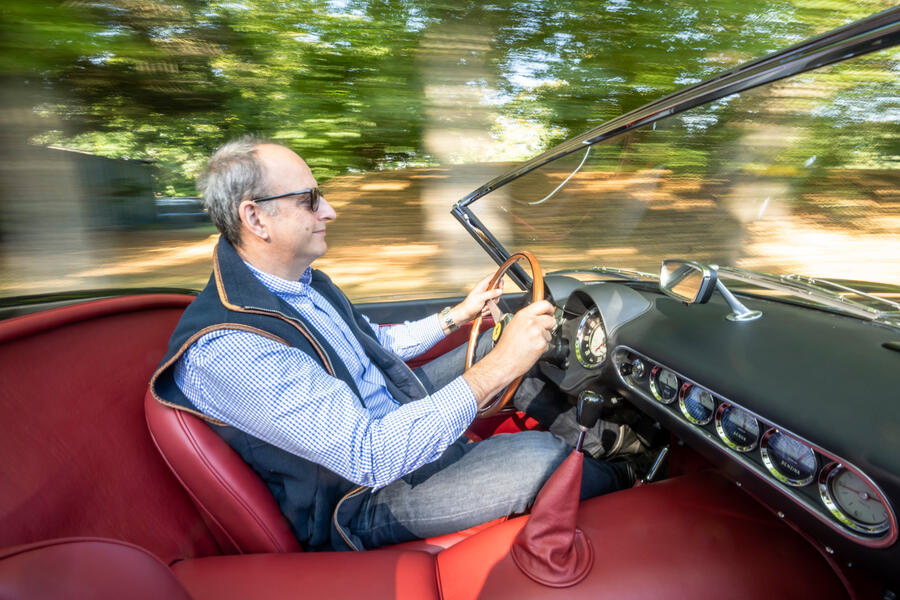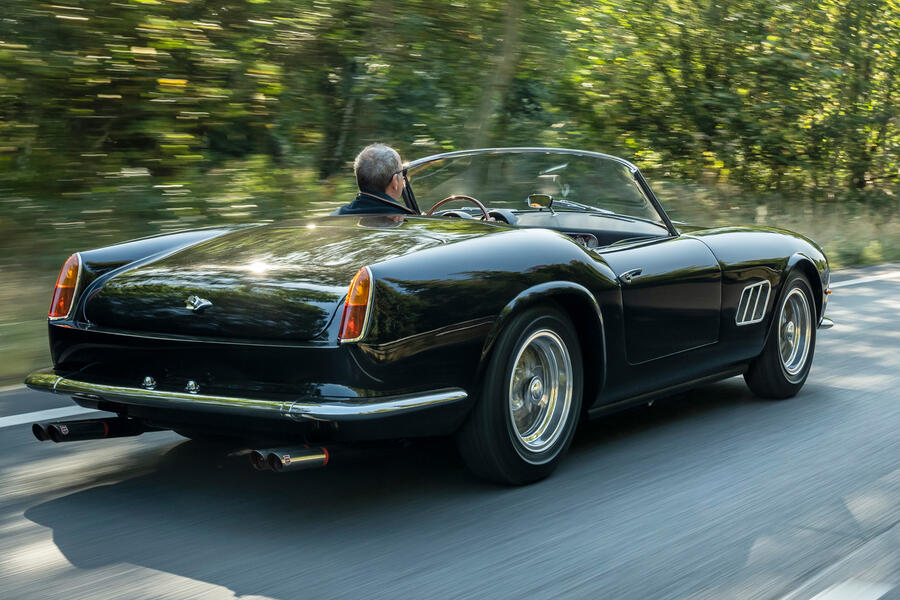Contrary to appearances, what you’re looking at is not an original short-wheelbase Ferrari 250 GT California Spyder. If it were, it would be one of around 56 cars ever made and, depending on condition and provenance, worth upwards of £15 million.
It is in fact a brand-new car created by Ferrari experts GTO Engineering. Externally, it is apparently indistinguishable from the original. Internally? Well, that’s rather up to you.
Because so long as you don’t mind a two-year wait, GTO will supply you with a California Spyder Revival for around one-20th of the price of the real thing: £750,000. And it will be almost exactly the same under the skin, too: the same kind of 3.0-litre V12 engine, the same four-speed gearbox. If, however, you’ve come over all Oliver Twist and would like some more, the list of possibilities to retromod the car is almost endless. This example, the first in a series of what is likely to be 10 cars or fewer, comes with a 3.5-litre motor and GTO’s own five-speed gearbox for a price of around £850,000.
But GTO’s Cal Spyder (as they tend to be known) is different from Ferrari’s in one other invisible but crucial way. I haven’t driven one of the 56 (very few have), but I have driven another 1960s Ferrari convertible, a 275 GTS, and heretical though it might seem to say, it just wasn’t very good. The car was beautiful and the motor a joy to hear, but shorn of its roof, the spidery spaceframe chassis rattled and shook so much that the steering, ride and handling were all quite seriously affected. And the faster you went, the worse it became, so I ended up just driving it slowly, which rather defeats the point of having a Ferrari.














































